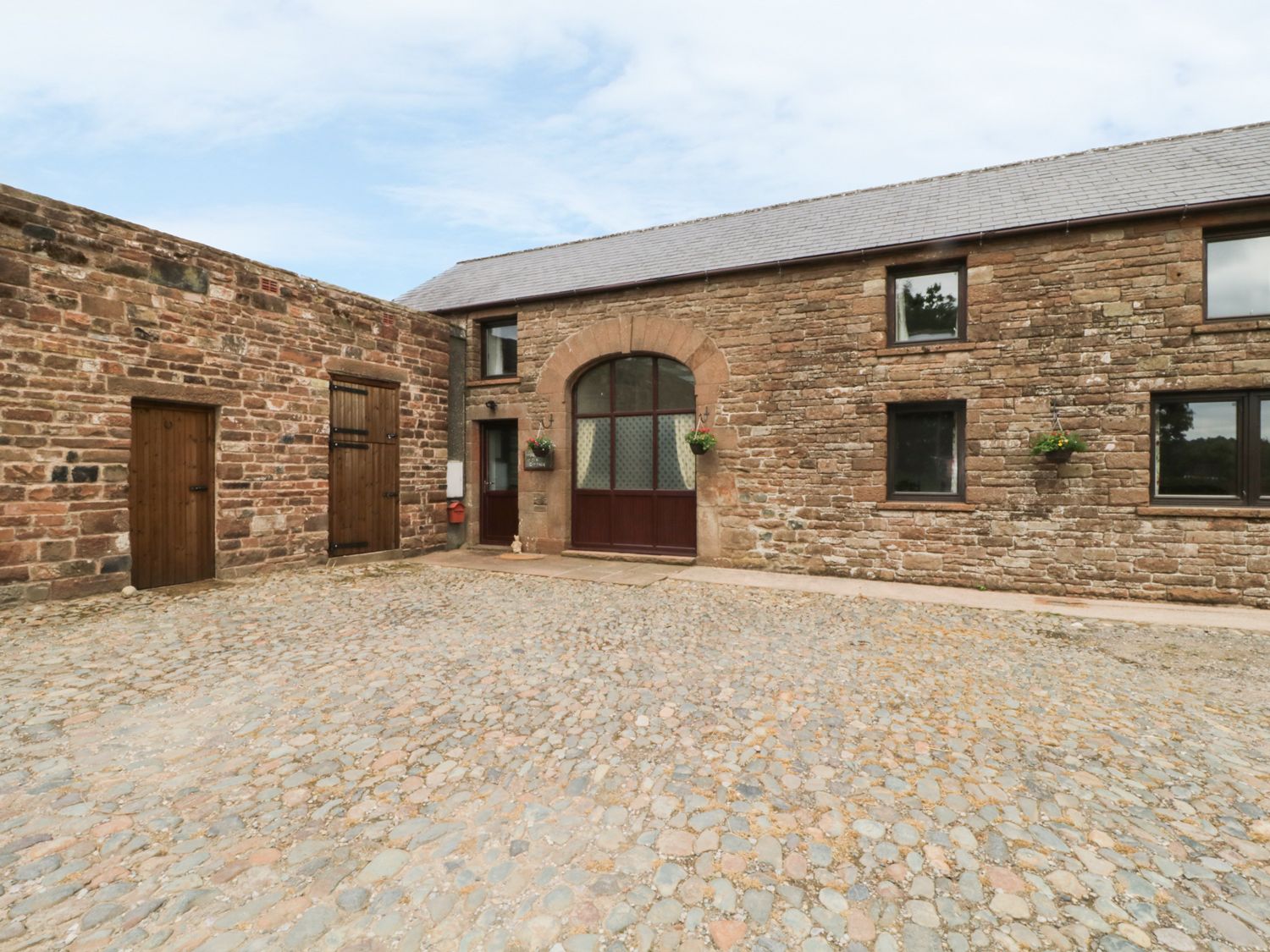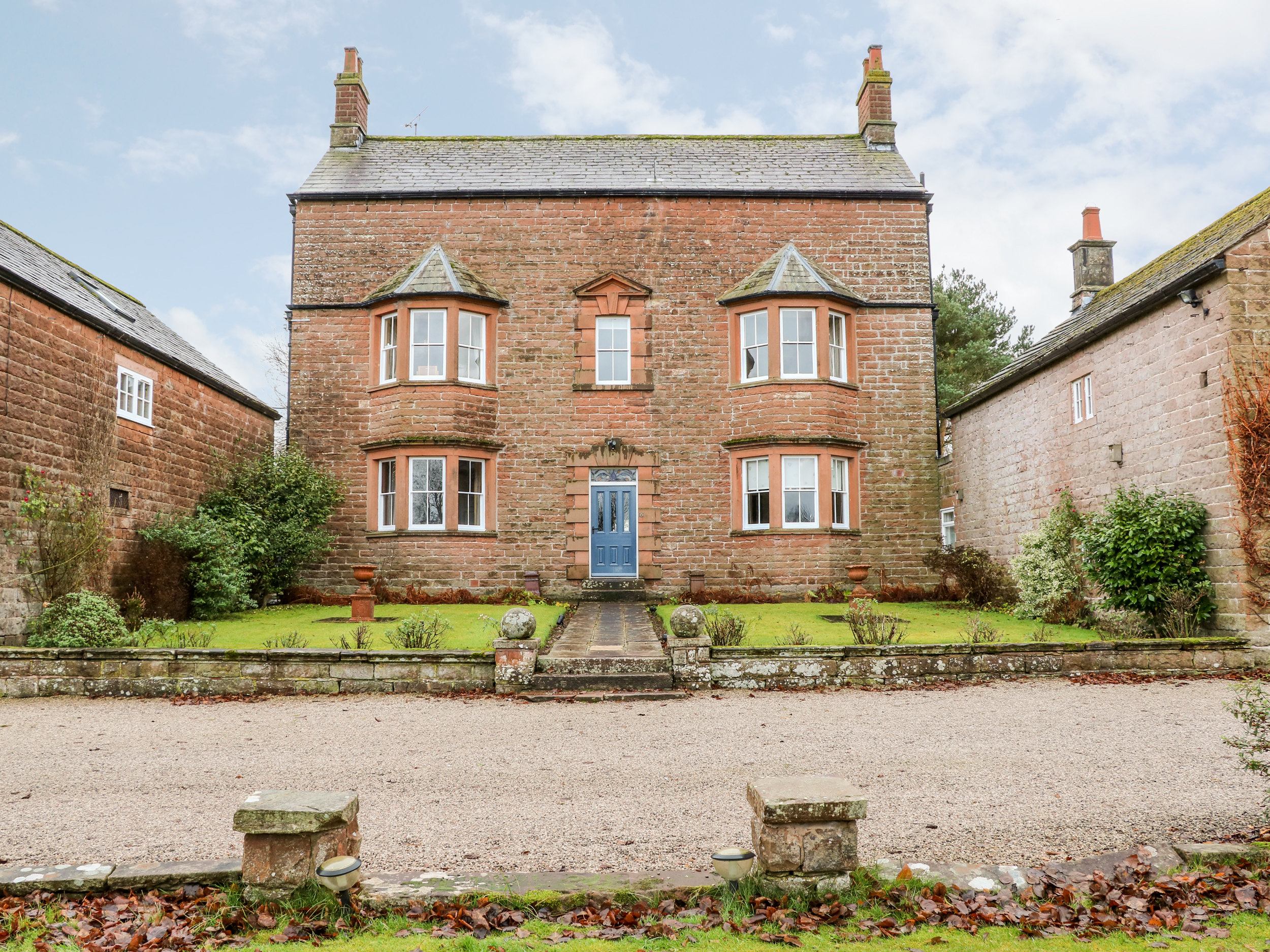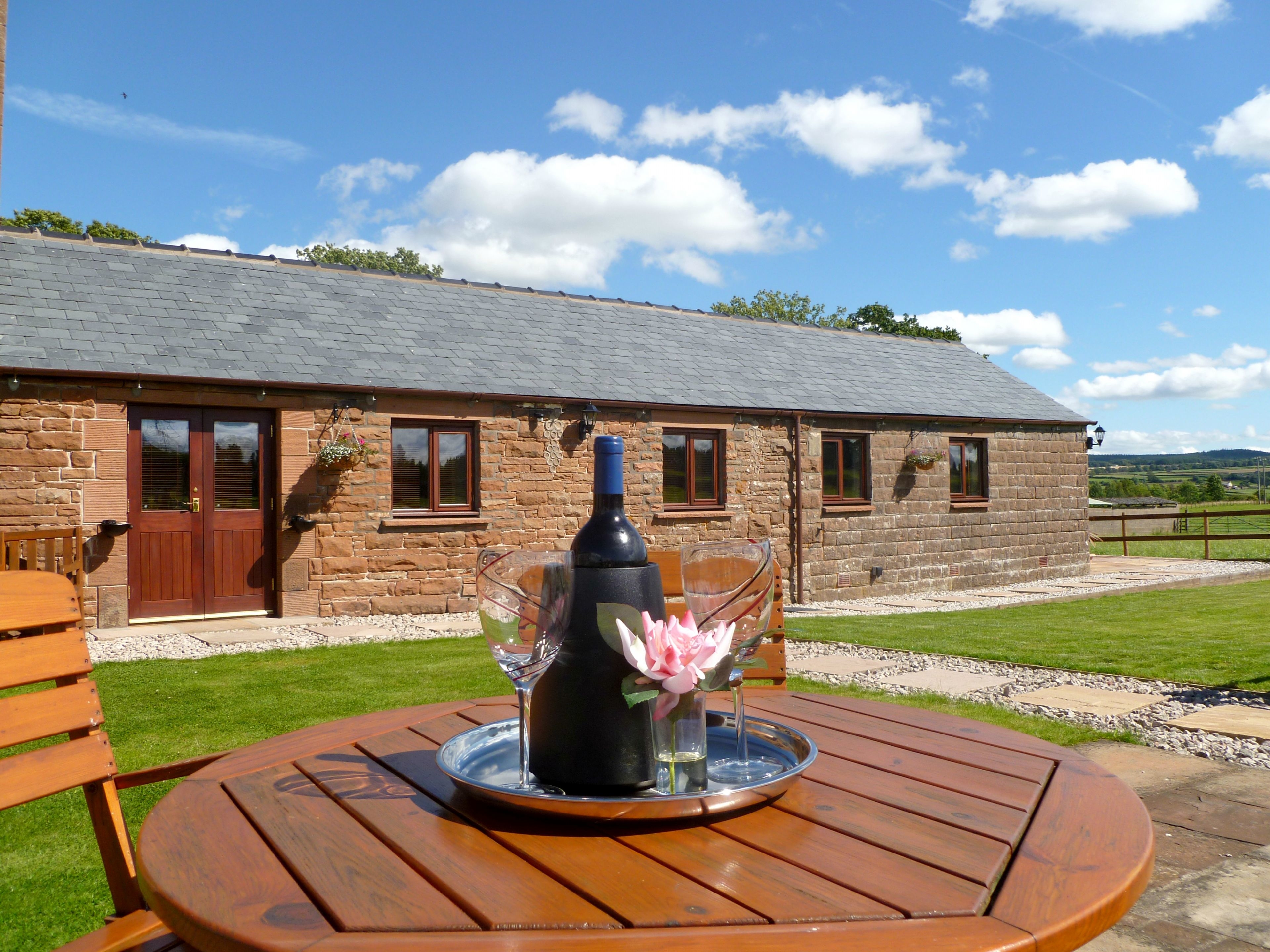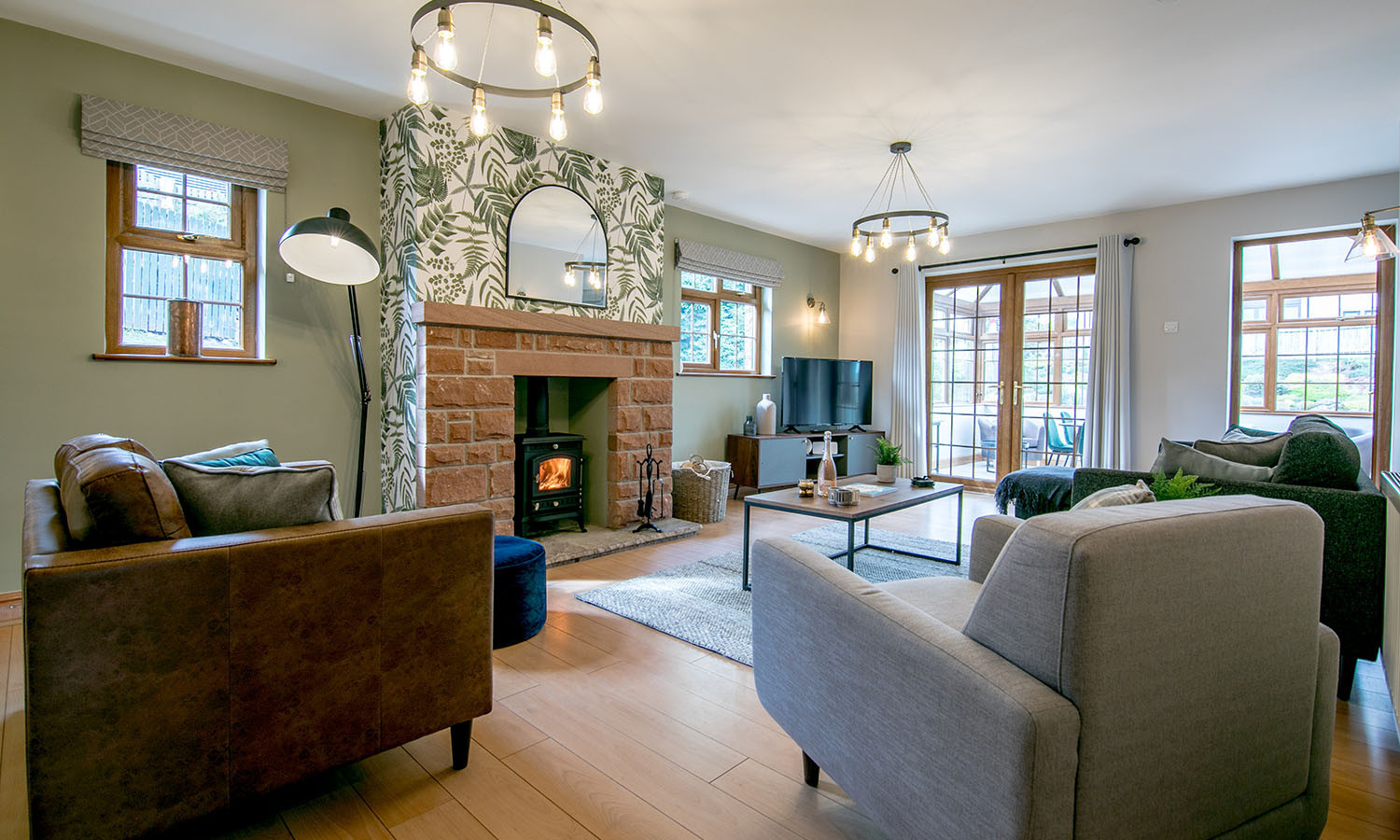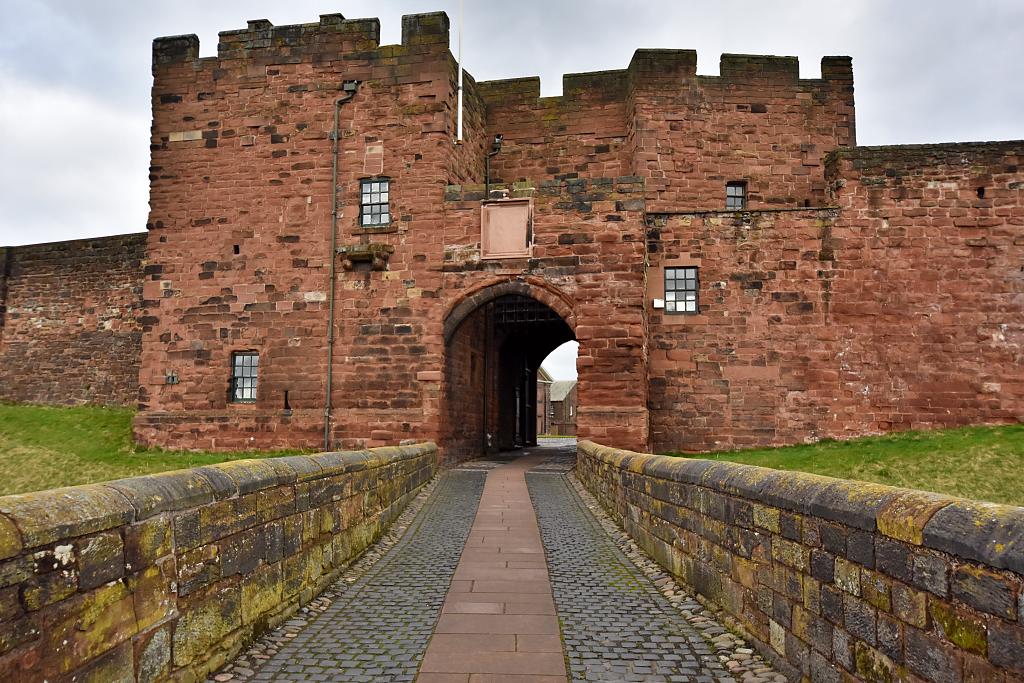Penrith
Painting a Town Orange
Penrith is a busy historic market town in the heart of Cumbria, situated between the Lake District National Park and the Pennines. It was the halfway point and our planned overnight stay as we returned home from the Isle of Mull in Scotland. We arrived on a Friday evening in heavy rain after an exhausting journey in very wet and foggy conditions. We stayed at the Premier Inn in the centre of town and were thoroughly impressed with the room and hotel. After a peaceful night, Saturday morning dawned chilly, but bright and dry.
This Saturday, though, just happened to be the one day of the year when the town is painted orange to celebrate the World’s Original Marmalade Awards that take place at Daleman House and Gardens just a few miles outside Penrith. So we had a truly essentially-england day out: food and history… oh, and another 200-odd mile drive to get home.
Penrith
Penrith has grown up around its many market squares. It was granted a licence to hold markets back in 1222 and has since been an impressive place to shop. Homes, businesses, and inns soon sprung up between the market squares and the town was a maze of courtyards, small streets, and lanes. The town layout offered some protection from the invading Scots, as the residents could hide themselves and their goods and animals, making raiding Penrith both difficult and unrewarding.
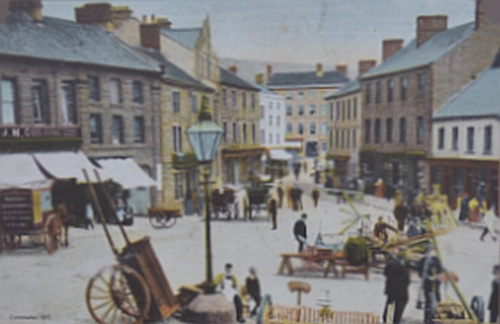 Artist Impression of Cornmarket Around 1850 Artist Impression of Cornmarket Around 1850 Photo taken from town council information sign. © essentially-england.com |
There were many inns within the town and different grains were sold outside each inn. For example, around the Cornmarket area oats were sold outside the Fish Hotel (now Poets Walk), rye outside the Black Bull, later a alcohol free Temperance Hotel, and wheat outside the Black Lion, now part of the Board and Elbow.
The largest market area was the Great Dockery. Twice a year this would hold an unusual fair where farm servants would hire themselves to a new employer. |
|
Some street names also hint of the past. Smithy Street would have been where the blacksmiths hammered away in their hot workshops making tools, weapons, and horseshoes, and whitesmiths making cups, plates, knives and forks using metals such as tin and pewter.
By the eighteenth century the markets were well established and the diversity of skilled people living in and around Penrith meant that you could buy almost anything from barrels, saddles, clocks, locks, clothes and boots, and all sorts of metalware all made in the town. |
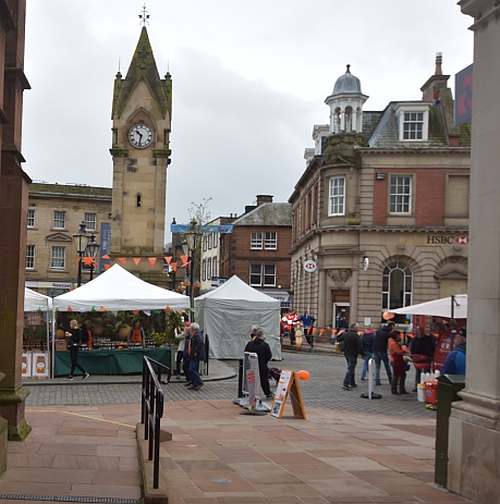 The Musgrave Monument in Market Square The Musgrave Monument in Market Square © essentially-england.com |
By 1850 many of the streets in town were lit by gas lamps. Each evening gas lighters would run around the town with their ladders and light the gas lamps from their lanterns.
Penrith Castle
The red sandstone ruins of Penrith Castle now sit in beautiful parkland in the centre of town. The castle was one of the reasons why we choose Penrith as our overnight stop, as castle towns usually have an interesting historic background to investigate.
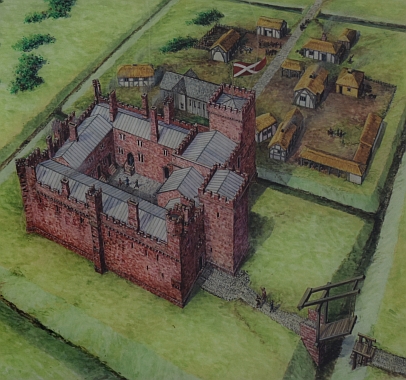 Artistic Impression of the Medieval Castle Artistic Impression of the Medieval Castle Photo taken of an English Heritage Information Board. © essentially-england.com |
The castle was built by Earl Ralph Neville in 1396 who at the time was the Warden of the West March and responsible for protecting the surrounding English land from Scottish attack. It is believed that the castle was constructed on the site of an old Roman fort so that the banks and ditches could be re-used. It was part of a chain of castles built across the width of northern England to deter the marauding Scots from coming south. |
In 1471, Penrith Castle was granted to Richard, Duke of Gloucester, who in 1483 became King Richard III. As Sheriff of Cumberland, Richard spent long periods of time living in the castle and made a number of modifications to improve his safety and comfort. Stronger defences were constructed, and the residential rooms made more comfortable, by adding large glass windows. The castle remained Crown property after he became King of England, but it was never used again as a permanent home and slowly fell into disrepair. By the mid-16th century, surveys recorded the castle as being “somewhat decayed”.
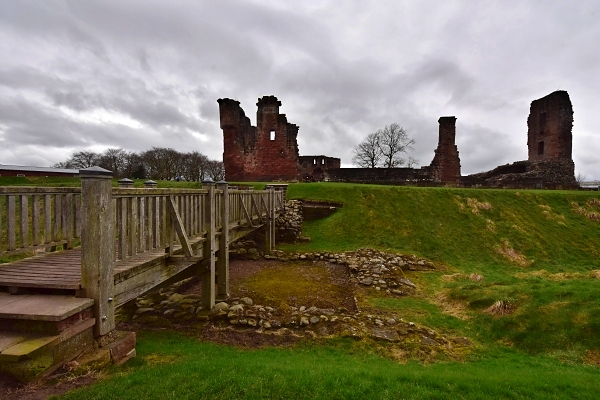 The Ruined Penrith Castle The Ruined Penrith Castle © essentially-england.com |
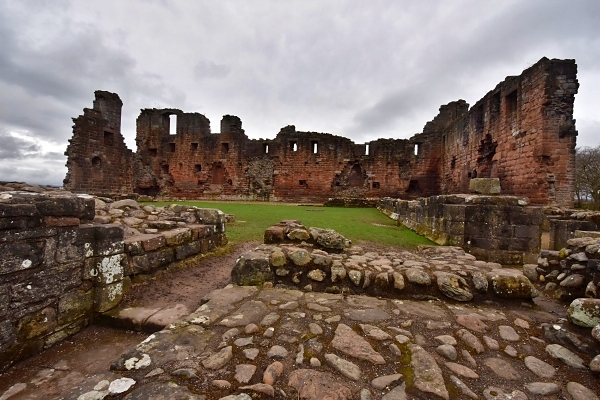 View Over the Ruined Medieval Castle View Over the Ruined Medieval Castle © essentially-england.com |
St Andrews Church
|
A church has stood
on this site since 1133. The present church is from 1720 and built up to a 13th century tower. The tower has walls that are six foot deep and may
have originally been a pele tower. The church and many of its surrounding buildings were rebuilt in the Georgian period and demonstrate Penrith's prosperity at the time. |
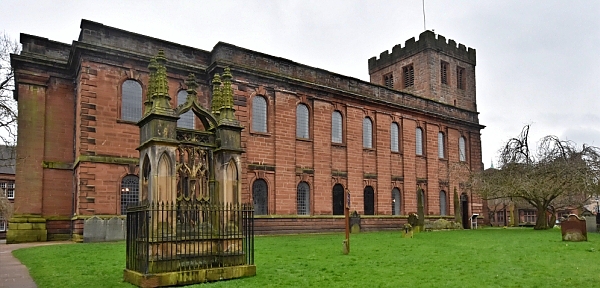 St Andrews Church © essentially-england.com St Andrews Church © essentially-england.com |
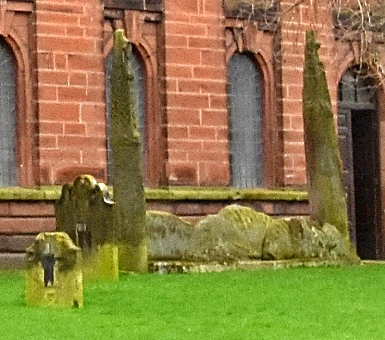 Giant's Grave © essentially-england.com Giant's Grave © essentially-england.com |
In the graveyard on the northern side of the church is the unusual “Giant's Grave”. It consists of two ten foot high stone crosses and four semicircular stones, and is believed to be the burial place of Owen Caesarius, who was King of Cumbria between 900 and 937. An archaeological excavation found a skeleton with a sword. On one side of the church grounds are the Parish Rooms. These were built in 1895 on the site of a cockpit, which was a pen were cock fighting took place. One notable building overlooking the church is Tudor House, which has “RB 1563” inscribed on a stone gable, and later became Dame Birkett School. This was the school that the poet William Wordsworth attended. |
The World's Original Marmalade Awards
This is the world championships of marmalade making. Hundreds of competitors from around the world enter their marmalade in the hope of winning one of the prestigious awards.
The awards are hosted at Dalemain House, which is one of the most impressive grand houses in North West England, and just a few miles away from Penrith. The house name means “manor of the valley” and it stands in an area that has been a settlement since Saxon times.
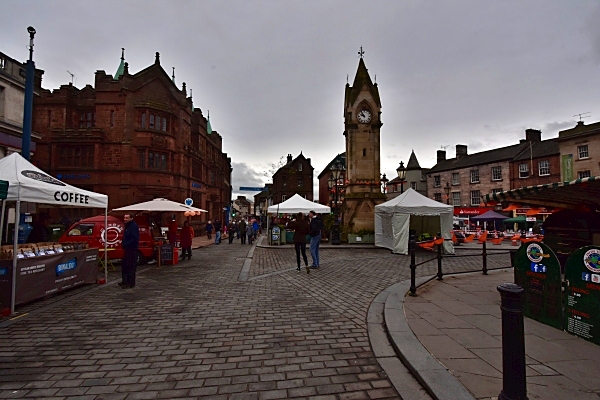 Market Square Preparing for Paint it Orange Day Market Square Preparing for Paint it Orange Day © essentially-england.com |
To celebrate the awards - and all things marmalade - Penrith paints the town orange. Orange appears everywhere: balloons, bunting, flags, and shop windows are dressed in the bright, cheerful colour. People even wear orange clothes and wigs. It’s a chance to grab some tasty food, listen to live music or storytelling, and wander about the stalls set out in the marketplaces tasting and buying artisan food. Oh, and you may see a few bears around the town, as marmalade was Paddington Bear’s favourite food. |
The tempting aroma of freshly-cooked food wafted across the marketplace, and it didn’t take long for us to join the queues forming to get something hot and tasty. Luckily for us, we'd skipped breakfast in the hotel, so we didn’t have to worry too much about the extra calories. If you're feeling hungry while you read this, do not look at the pictures below.
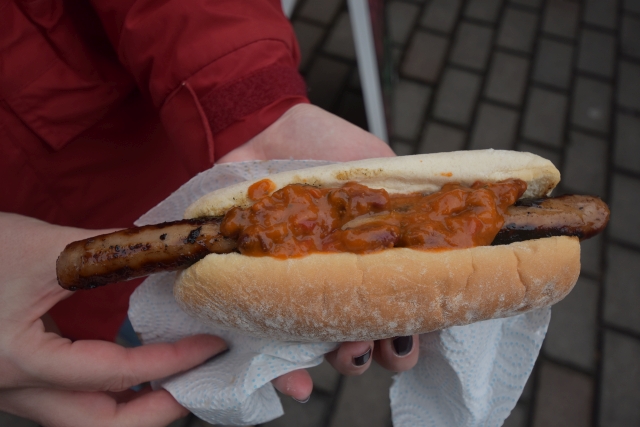 The Cumberland and Marmalade Sausage The Cumberland and Marmalade Sausage © essentially-england.com |
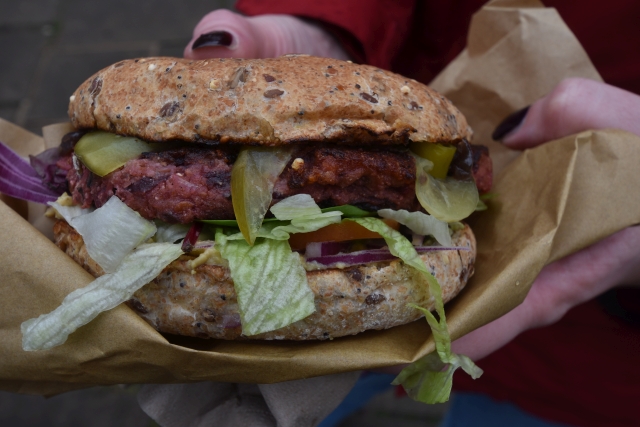 The Tasty Beetburger The Tasty Beetburger © essentially-england.com |
One of us went for a Cumberland and marmalade sausage with chilli sauce and the other a vegetarian beetburger with pickled chillies and onion. I only tried one of our buys and can only let you know that the burger was delicious.
All too soon, we had to leave Penrith. I wished we'd had more time to enjoy the festivities and look around more of the historic buildings. I suppose it just means we have to come back! If you're visiting, there are a number of informative short trails around the town detailing many points of interest - details are available from the town’s website.
Local Attractions
If you would like to explore the history, food, and glorious Cumbrian landscape and enjoy the convenience of town living, then Penrith would make an ideal base from which to travel. A list of some local attractions include:-
- Dalemain House and Gardens
- Long and Little Meg stone circles – Long Meg is the largest stone circle in Cumbria.
- Little Salkeld Stone Circle – a 16 x 14 metre stone circle with 30 stones on a raised mound.
- Mayburgh Henge – 50 metre diameter circular bank up to 6.5 metres high with a single entrance and single 2.8 metres high monolith.
- King Arthur’s Round Table – a prehistoric circular earthwork bounded by a ditch and outer bank.
- The Rheged Centre is the largest grass covered building in England. Named after the Ancient Kingdom of the Dark Ages, it is one of the largest visitor attractions to open in Cumbria – and it’s under cover. It’s an education centre with exhibitions, films, and displays.
- Acorn Bank – National Trust garden renowned for its herb and fruit orchards.
- Hutton-in-the-Forest – a large country house, parts of which date from the mid 14th century, surrounded by beautiful gardens.
- Lowther Castle and Gardens – the current castle was completed in 1806 and stands in a 75,000 acre agricultural estate with a 3,000 acre deer park. The listed gardens have been remodelled over the years by famous landscapers Capability Brown, Richardson, and Webb.
- Brougham Castle – formerly a Roman fort. Built by the Norman Vieuxpont family.
- Askham Hall – a stately family home of which parts date back to the 13th century.
- Lake District National Park
- Carlisle
- Hadrians Wall
Holiday Cottages near Penrith
If you would like to view holiday cottages in Penrith, then use this link to Sykes Holiday Cottages.
